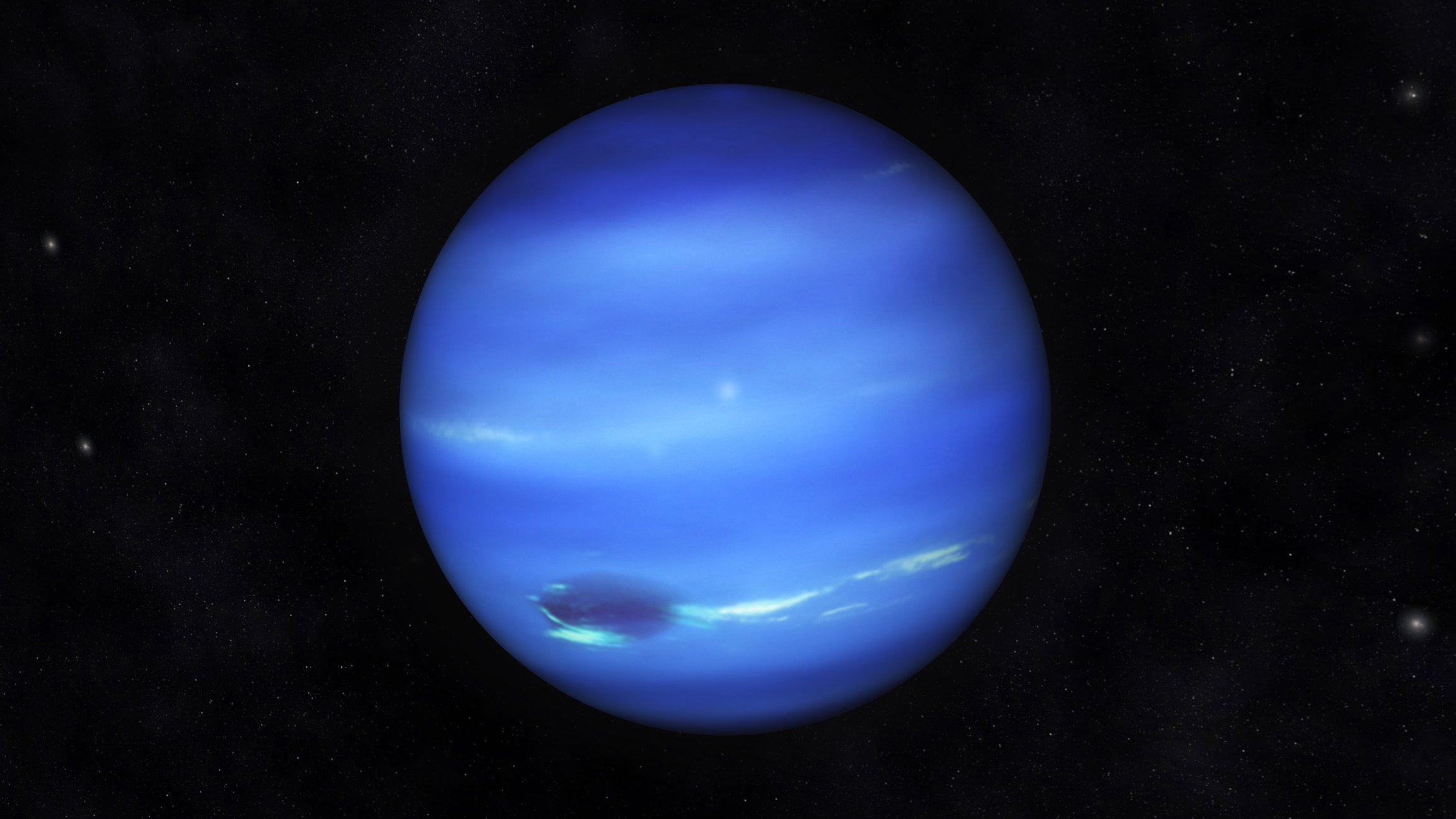In a new study conducted by the University of Central Florida (UCF) in the USA, One A team of scientists, with the help of the James Webb Space Telescope (JWST), A little more about Neptune and other mysteries in the area.
The paper was published in the scientific journal Astronomy & Astrophysics and is part of UCF’s Exploring Surface Compositions of Trans-Neptunian Objects (DiSCo-TNOs) program. Researchers used JWST to observe the Kuiper Belt region just beyond Neptune.
Using data collected from these regions, the team was able to examine the surface composition. two small trans-Neptunian objects (TNO); A pair of icy asteroids named Mors and Somnus. Organic molecules consisting of hydroxyl, carbon dioxide and monoxide were found; It is being examined whether nitrogen is also present in the region.
As scientists explain, By learning a little more about the binary pair of TNOs, the study also reveals a little more about the mystery of Neptune’s formation. The fact that the two celestial bodies orbit each other and have many similarities is evidence that trans-Neptunian objects are quite primitive.
“We examine how the actual chemistry and physics of TNOs reflect the distribution of carbon, oxygen, nitrogen and hydrogen-based molecules in the cloud that gave rise to planets, moons and small bodies. These molecules were also the origin of life and water on Earth,” says the paper’s lead author, US Brazilian Dr. Carolina de Souza Feliciano from the University of Central Florida in .
Trans-Neptunian objects
Data collected by the James Webb Telescope also suggests that these trans-Neptunian objects are very similar to their neighbors of the same type. and can serve as a reference to show that Neptune does not cause them any disturbance – they formed more than 4 billion kilometers away from the Sun. Precisely for this reason, researchers believe that they and other nearby TNOs It could help track Neptune’s migration before it forms its final orbit.
Studying the composition of celestial bodies goes like this, says Noemí Pinilla-Alonso, professor of planetary sciences at UCF. The trans-Neptunian objects mentioned above may offer valuable information about the origin of everything.
Also read: James Webb Telescope confirms the existence of 3 new gods in the sky
The chemistry and physics of these trans-Neptunian objects may reflect the distribution of molecules based on carbon, oxygen, nitrogen, and hydrogen; that is, the molecules that give birth to life.
“As we began to analyze the Morse and Somnus spectra, more data came and the connection between dynamic groups and compositional behavior was natural. Before JWST, there was no other device that could obtain information from these objects in this wavelength range,” Souza Feliciano said in an official statement, referring to the period initiated by JWST. “I feel happy to be able to participate,” he said.
Did you like the content? Always stay up to date with the latest studies on astronomy at TecMundo. If you wish, take the opportunity to discover how asteroids are found.
Source: Tec Mundo
I’m Blaine Morgan, an experienced journalist and writer with over 8 years of experience in the tech industry. My expertise lies in writing about technology news and trends, covering everything from cutting-edge gadgets to emerging software developments. I’ve written for several leading publications including Gadget Onus where I am an author.













